FRAGMENTS
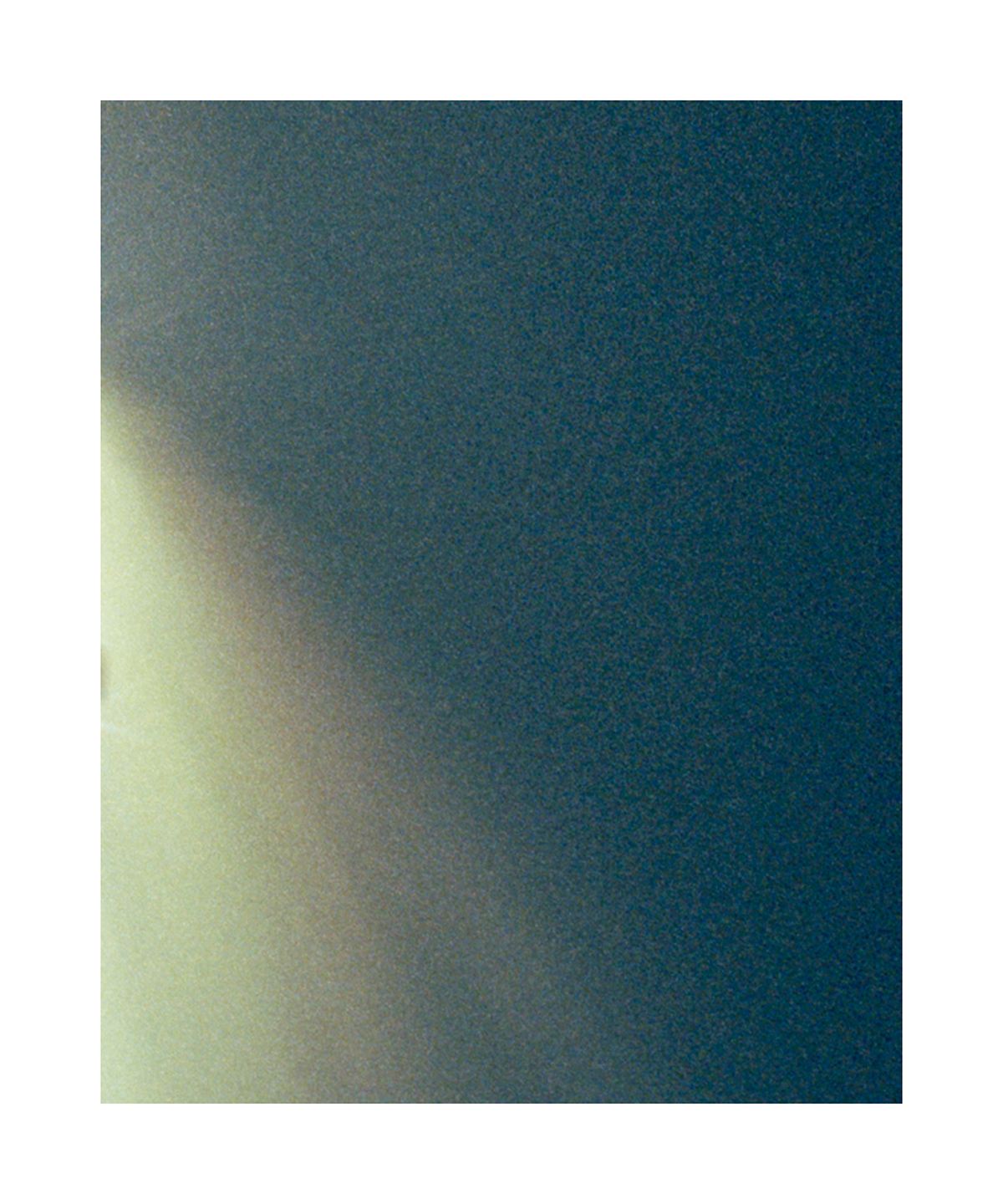
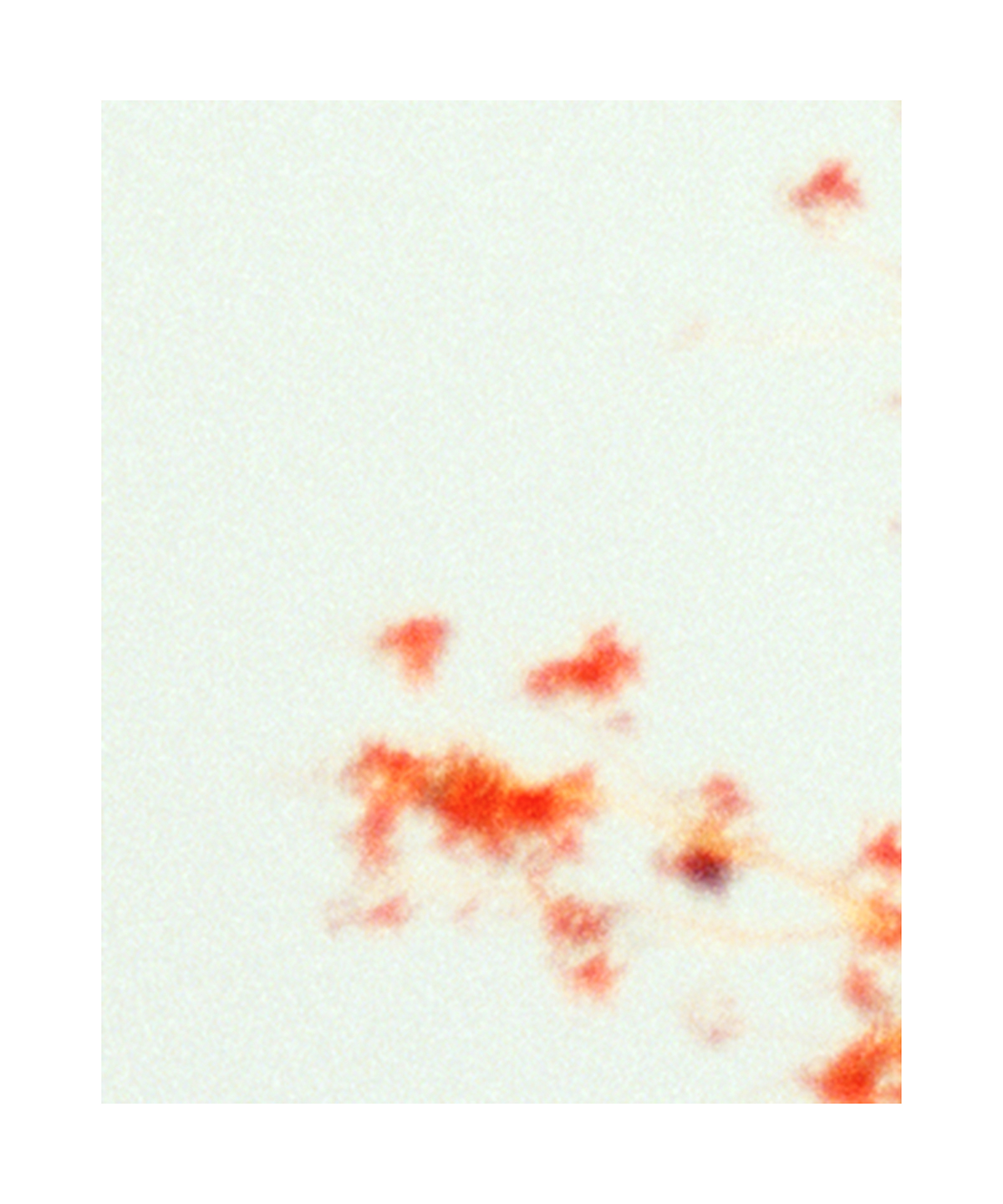
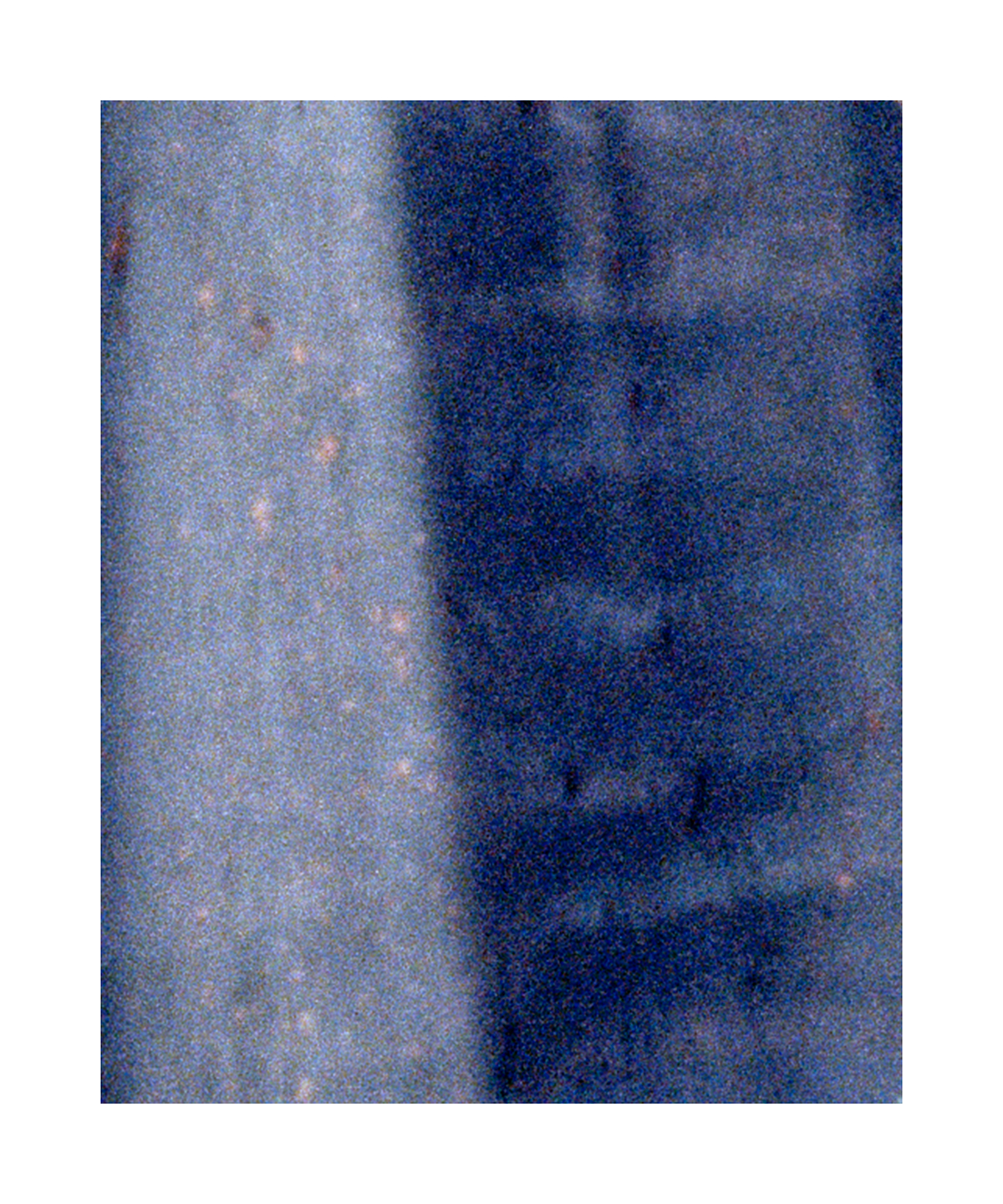
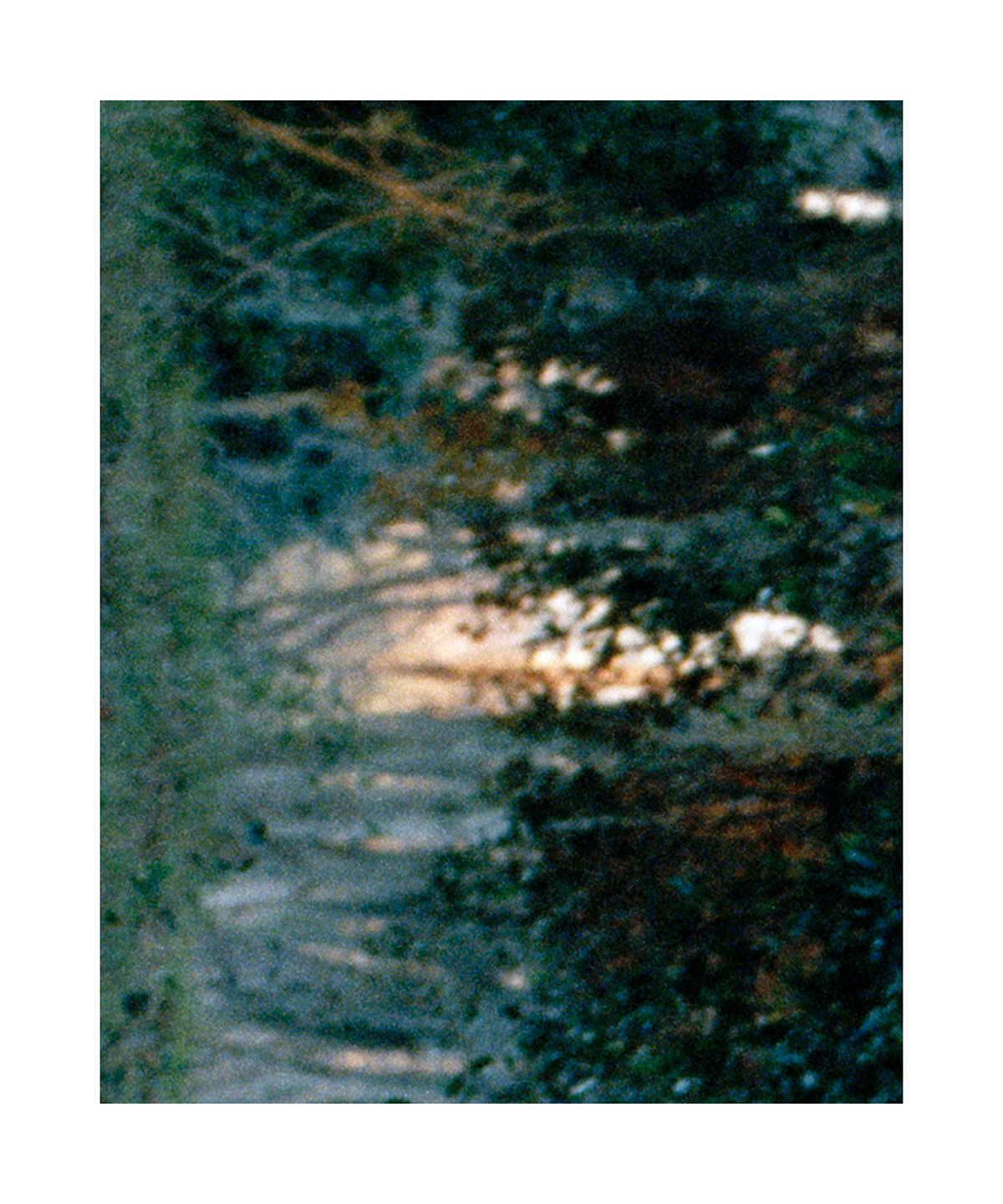
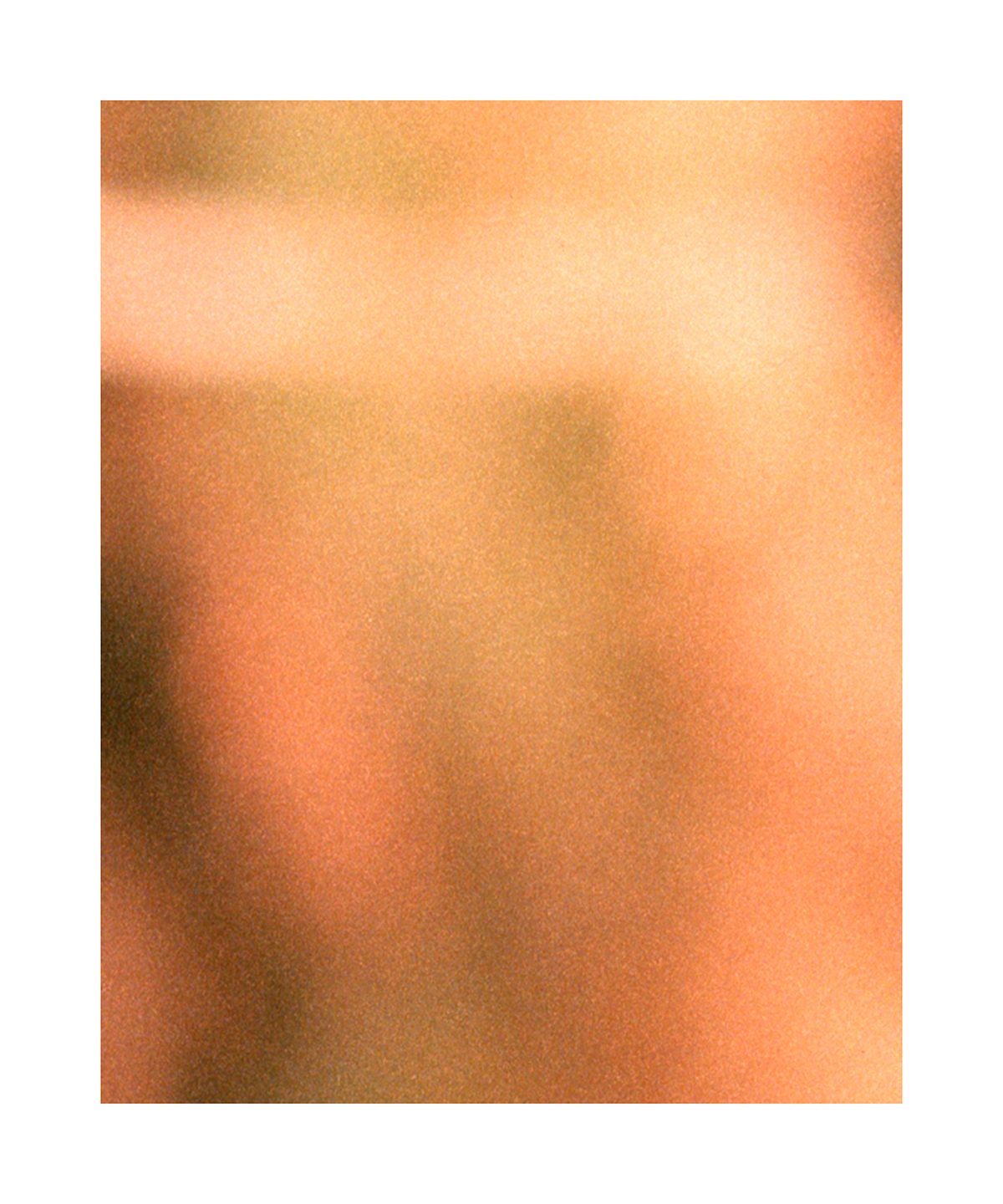
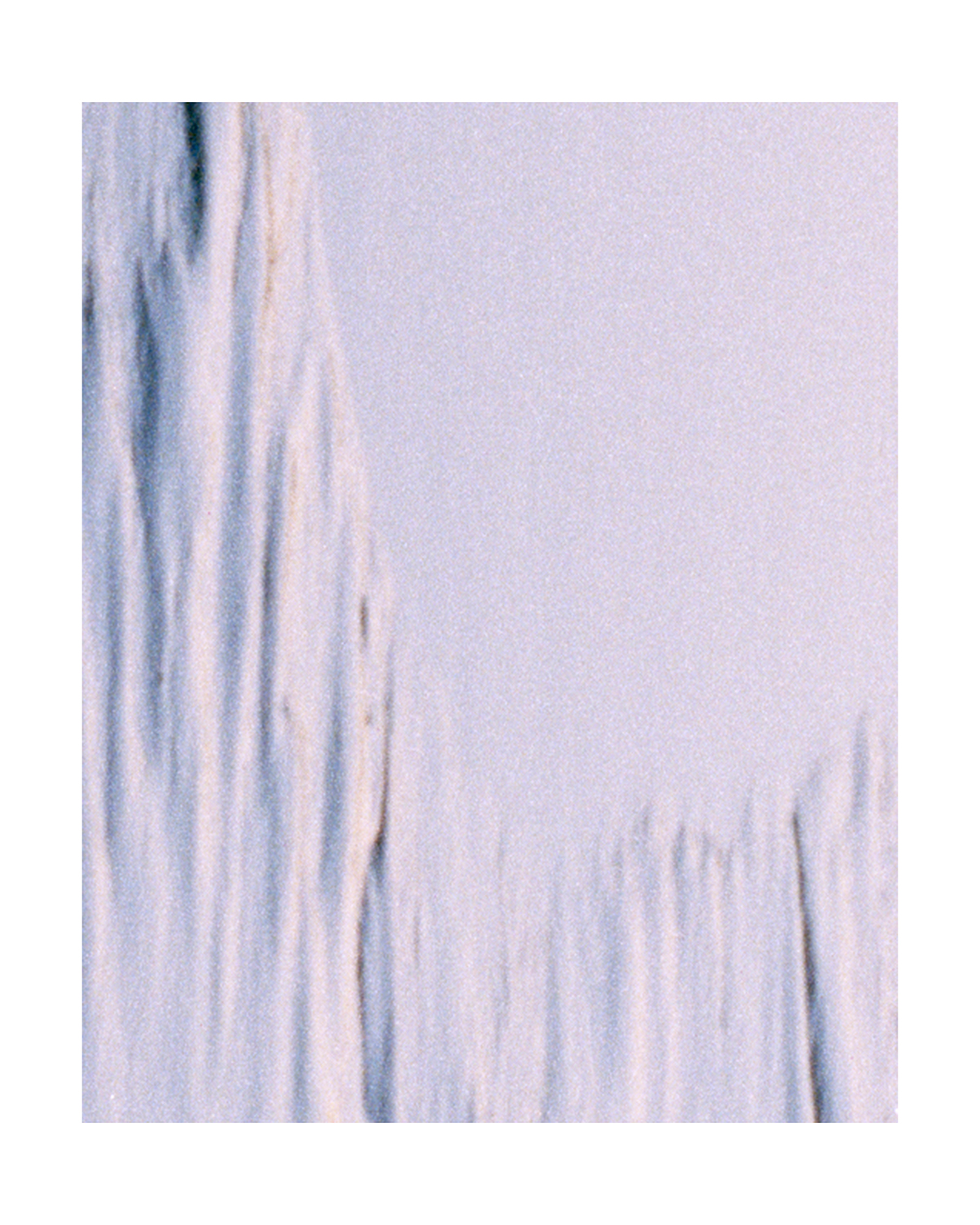
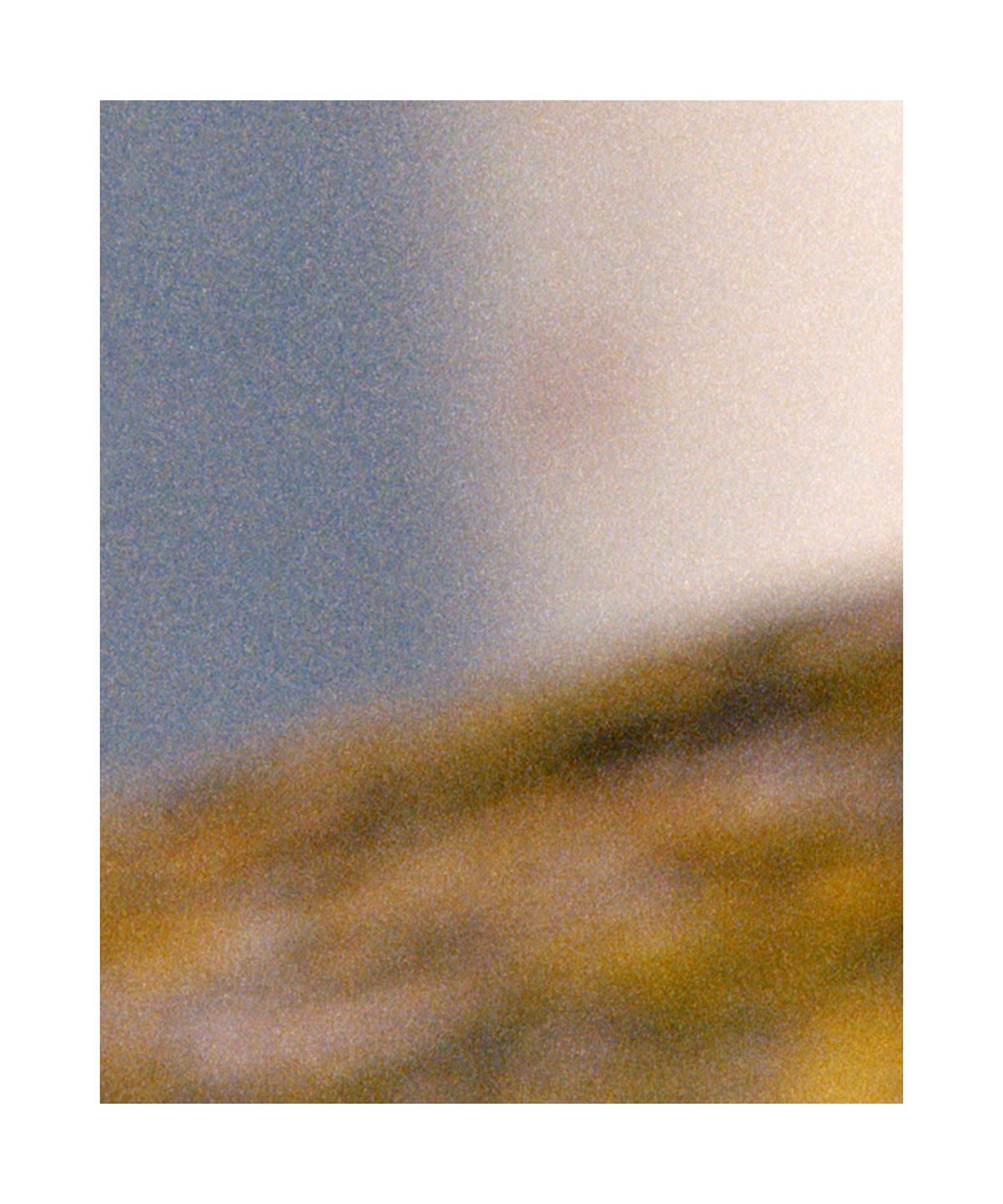

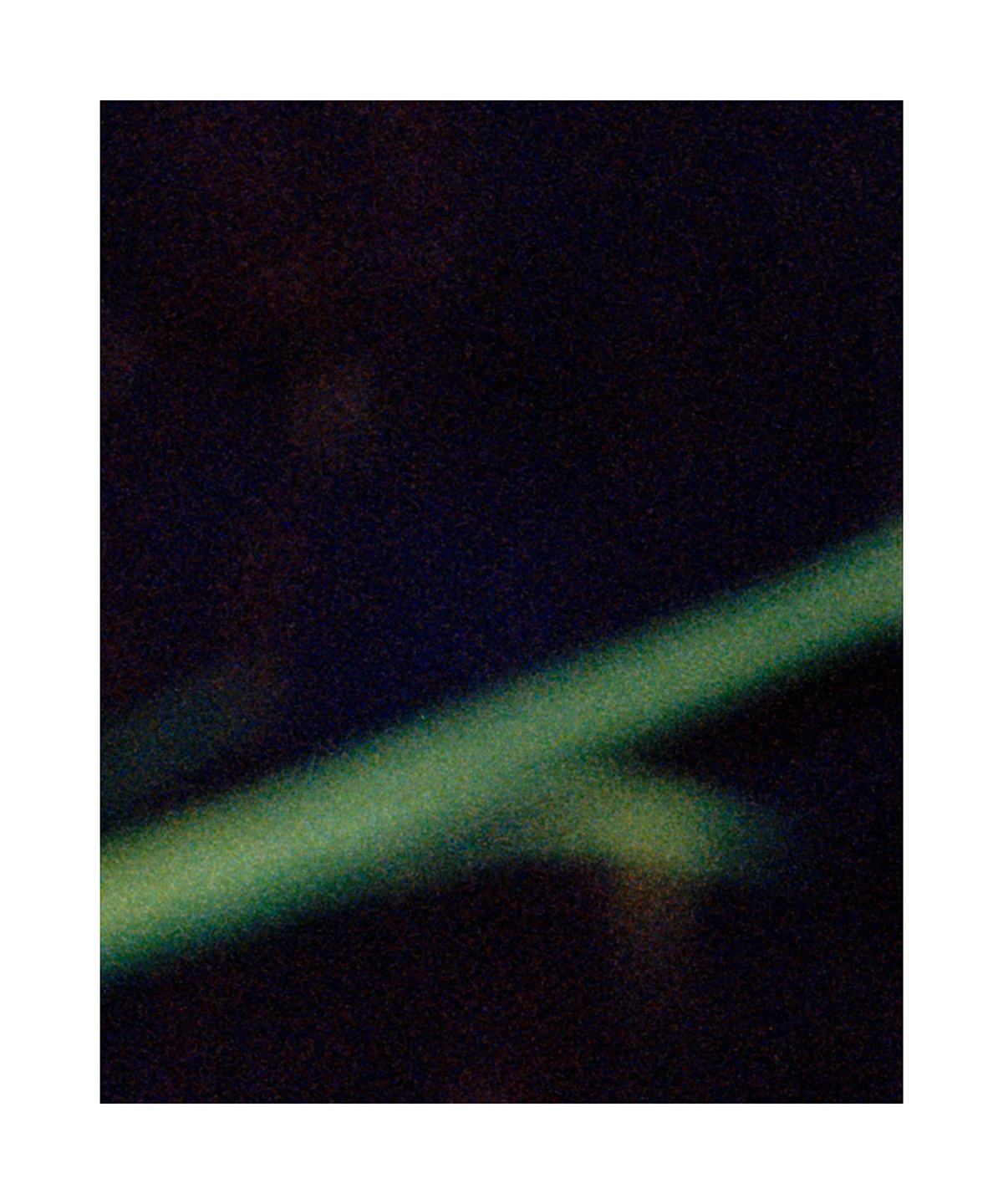
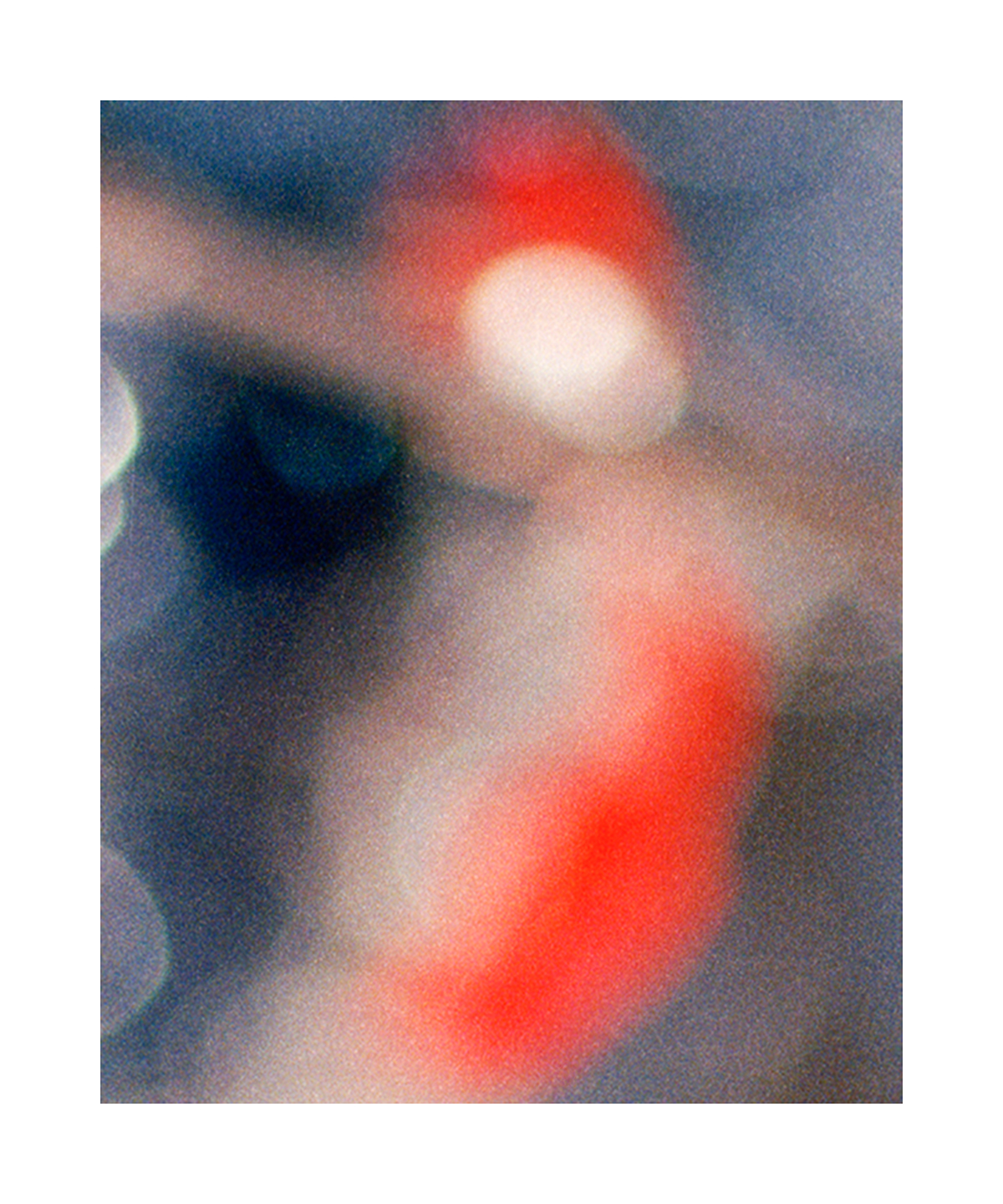
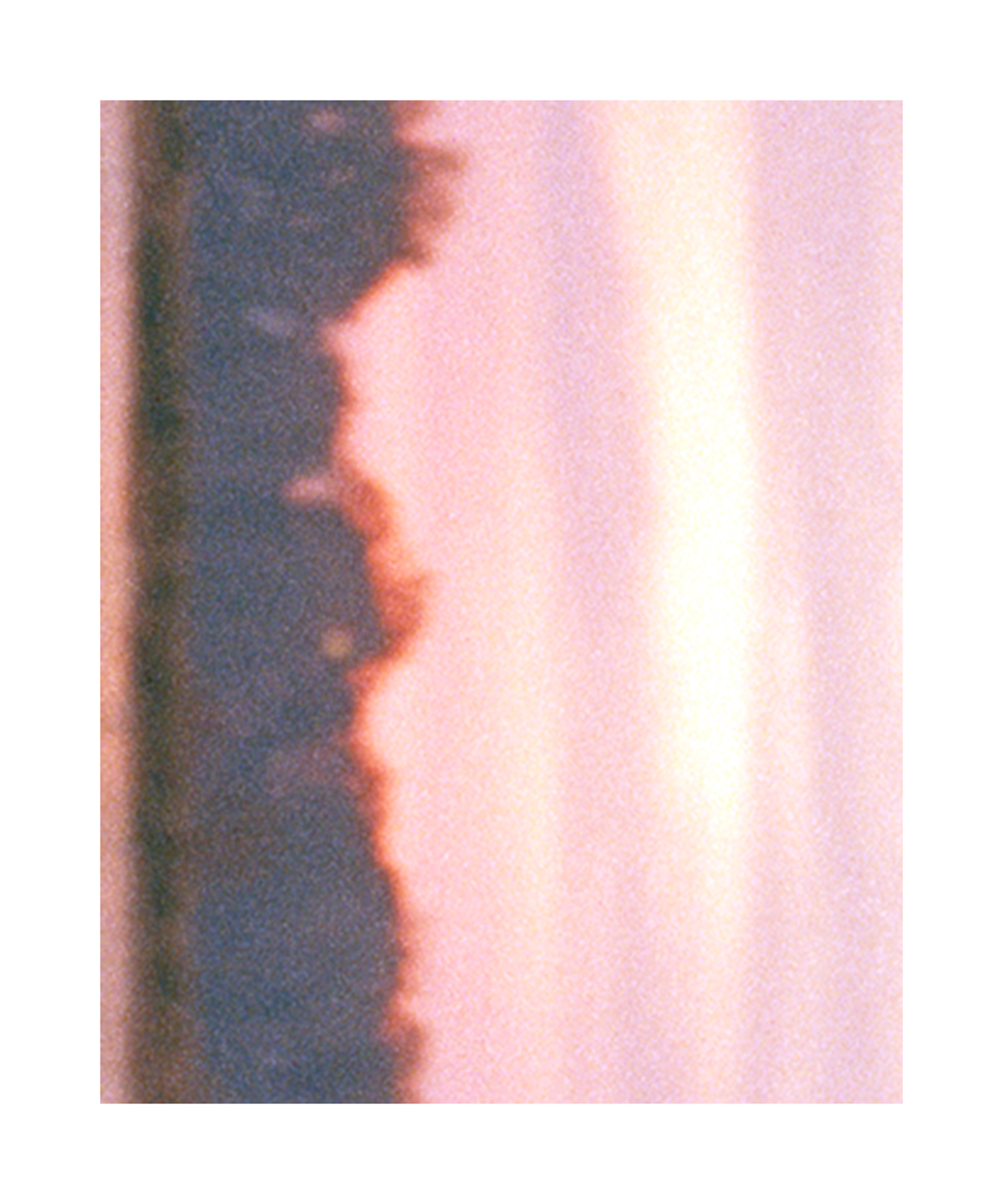

How does thinking change in the viewer when a fragment is reinterpreted as a complete image? Affected by a myopic view of what a photograph should be, I challenge the viewers preconceptions with a tiny piece of an image magnified and scaled up 100 times. Confronting the viewer with a change in status based on the perceived qualities of fragmentation, scale and abstraction.
The isolation of a small image piece causes a breakage from the notions of what a photograph is. Choosing to use a bit of the original photograph with a lack of a focal point reinforces the concept of fragmentation. Removing the context of subject matter allows the viewer to experience a new concept of image devoid of hierarchy. This approach creates a vacancy in the viewer that is filled by an emotional response to form and color.
Magnifying the .20x.16” fragments 100x they are granted more importance based on the new size of the image. Before enlargement they were non-significant pieces that were easily overlooked. Now these sections are no longer incomplete parts but newly created images, inherently significant because their size demands the viewer’s attention.
Pushing the photographic image to its limits through enlargement results in a transformation in the grain of the film from synergetic to cavernous pools of single pigments. This explosion of color points creates significance in insignificant areas of the previous larger works. The distortion created by scaling the forms resulted pleasing abstractions that lend pictorial qualities to the work in the manner of Divisionism paintings from the Neo-Impressionist movement.
A Fragment when grown to the size of the original holds equal significance. Although quite different, it retains the beauty of the original based on its size and emotional response.


